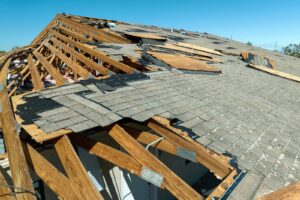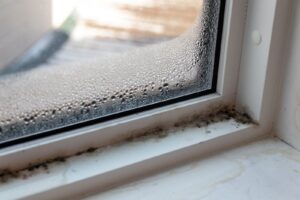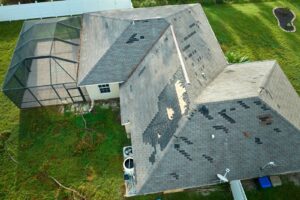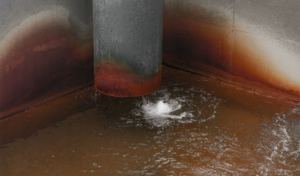While several warm days in a row can make even the most skeptical person excited for spring, we’re not in the clear yet! Deceivingly warm days can lead may home owners to jump the gun, whether that’s to plant a few garden plants, busting out a few pairs of shorts, or turning off the heater.
These aren’t an issue, except when another frost inevitably blows through. Your plants will die, your legs will be too cold, and your home may suffer irreversible damage.
One of the worst things that can happen if your home gets too cold is water freezing in your pipes. When this happen, you may start to panic, unsure of what to do next. Instead, take a deep breath and refer to this action cheat-sheet for frozen pipes.
Step 1: Verify that the Pipes are Frozen
There’s no sense worrying if frozen pipes aren’t really the issue. So before doing anything else make sure they are actually frozen. How will you know? First off, when you try to do some dishes or draw a bath you won’t have any running water. Another way to tell is by physically looking and feeling your pipes. If there is visible frost, move on to step number two.
Step 2: Turn Off Your Water
To avoid as much damage as possible, you’re going to want to immediately turn off your main water valve. You’ll probably find it in your basement on an outside wall; it’s a brass valve with a round handle. Turn the valve clockwise.
Step 3: Look for Water
Once the main water is shut off, you can begin to assess the damage. You’re going to want to inspect your pipes and listen for any dripping sounds and look for any puddles. It’s important to identify any breaks or cracks in your pipes now, while most of the water in the pipe is frozen. If you wait too long and the water thaws, you are going to be open to water damage in your basement, garage, crawl space, or other area of your home.
Step 4: Thaw the Pipes
Next, if you’re sure there are no leaks, you’re going to want to carefully thaw your frozen pipes. It’s simple enough to do with a few household items. If you have a space heater you can put it in the area where the pipes are frozen. You can also use a heating pad or hot rags by wrapping them around the frozen pipe and reheating/replacing them as necessary.
Step 5: Turn the Water Back On
Once you’ve successfully thawed your pipes, you can turn the water back on. It’s a good idea to enlist family members of friends to carefully watch all of your previously-frozen pipes for any leaks or bursts you may have missed. If you catch leaking water, shut the water off again. It’s time to contact a professional to help control and fix the water damage issue. RestoreMasters can remove water quickly and with their state-of-the-art equipment, you won’t have to worry about mold or mildew after your water issue is solved.
Otherwise, you’ve successfully treated your frozen pipes and can rest easy knowing all is well!






